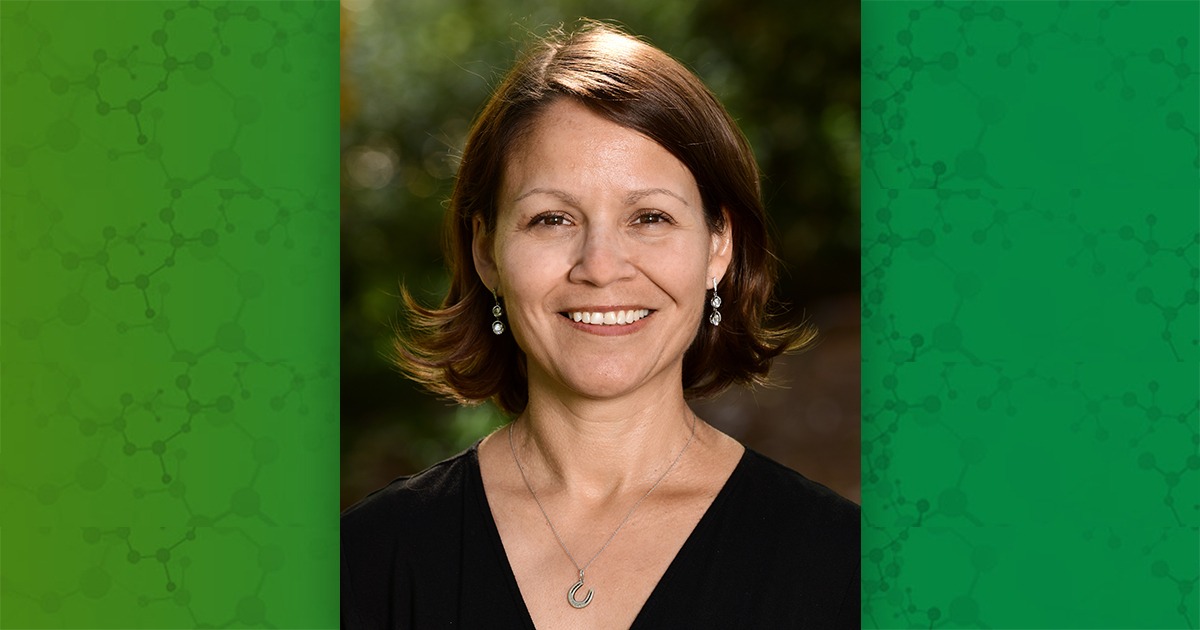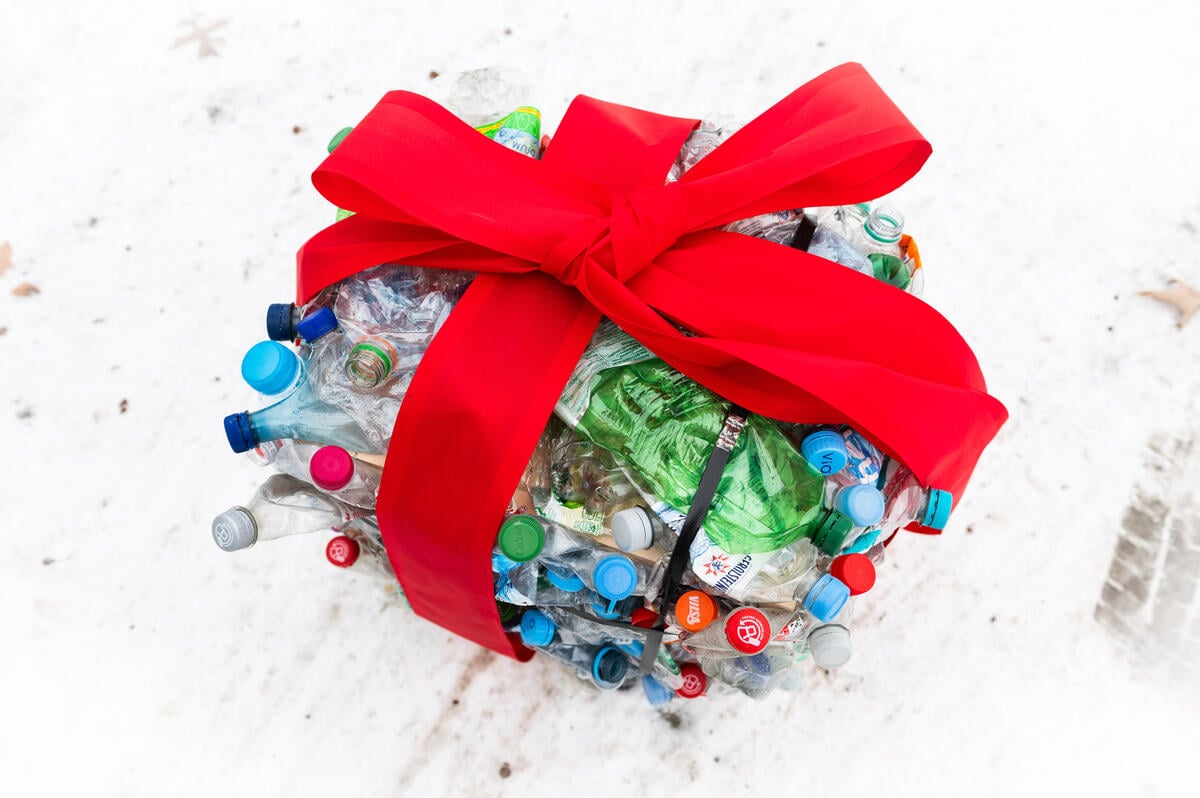Current breast cancer research and efforts to evaluate how combined exposures can influence the disease were discussed during an NIEHS-led event Aug. 24-25.
“Complex Exposures in Breast Cancer: Unraveling the Role of Environmental Mixtures” featured speakers who shared their expertise on how to more effectively test such mixtures. Participants also described their work to communicate potential health risks to the public.
“With this event, we seek to use breast cancer as a model disease,” said Danielle Carlin, Ph.D., a program administrator in the NIEHS Superfund Research Program. “By advancing research into environmental mixtures, we can get closer to determining their role in other diseases.”
Carlin co-chaired the event planning committee with Alexandra White, Ph.D., head of the institute’s Environment and Cancer Epidemiology Group. Five other scientists from NIEHS and three researchers from the National Cancer Institute (NCI) also helped to organize the meeting.
Capturing real-world exposures
Research on environmental exposures has traditionally involved studying one chemical at a time, but that can result in an incomplete picture of potential health risks, noted participants.
“We know that single exposure analysis does not accurately reflect real-life exposure patterns because people are exposed to multiple chemicals simultaneously,” said White. “Analyzing one chemical exposure at a time can result in an underestimation of risk.”
 White leads the Environment and Cancer Epidemiology Group, which works to identify novel and modifiable environmental exposures related to women’s cancer risk and to investigate underlying biologic mechanisms. (Photo courtesy of Steve McCaw / NIEHS)
White leads the Environment and Cancer Epidemiology Group, which works to identify novel and modifiable environmental exposures related to women’s cancer risk and to investigate underlying biologic mechanisms. (Photo courtesy of Steve McCaw / NIEHS)A more likely scenario is that chemicals act together to influence breast cancer risk, she explained.
White added that a study may identify a certain chemical compound as a breast cancer risk factor even though an unmeasured substance may be the main cause of the risk.
“In that case, interventions may target the wrong exposure,” White observed, suggesting that more robust studies involving multiple exposures are needed.
Presentations run the gamut
Workshop sessions covered a wide range of topics related to breast cancer and mixtures.
- “Setting the Stage for Mixture Exposure Assessment.”
- “Novel Methods in Analysis of Exposure Mixtures.”
- “Case Studies of Environmental Mixtures in Relation to Cancer Outcomes.”
- “Novel Methodologies to Understand the Mechanisms of Breast Cancer.”
- “Big Data Science Approaches and Challenges.”
- “Next Steps: Health Disparities, Policy, and Prevention.”
Throughout the meeting, NIEHS scientists, grantees, and collaborators explored emerging research involving exposure to per- and polyfluoroalkyl substances (PFAS), silicone wristbands to monitor personal exposures, how to use geographic information systems to advance research into chemical mixtures, and much more.
Communicating risks
In addition, the workshop featured lightning talks by trainees and four breakout group discussions, including a conversation on research translation and communication.
 Boyles served as the program lead for the Breast Cancer and the Environment Research Program, which is jointly funded by NIEHS and NCI. (Photo courtesy of Steve McCaw / NIEHS)
Boyles served as the program lead for the Breast Cancer and the Environment Research Program, which is jointly funded by NIEHS and NCI. (Photo courtesy of Steve McCaw / NIEHS)That discussion was led by Abee Boyles, Ph.D., a health scientist administrator in the NIEHS Population Health Branch. She led the Breast Cancer and the Environment Research Program and helped to plan the event.
Researchers may think they should not talk to the public because they lack all the answers to questions or assume people will not understand their research, Boyles noted. “But people have the ability to grasp some of these concepts, regardless of scientific training,” she said.
Other attendees pointed out that data visualization is one way to help the public understand scientific concepts and health risks.
CalEnviroScreen Hub, a mapping tool created by the California Environmental Protection Agency, can help users identify areas in the state affected by chemical exposures, noted Vincent Cogliano, Ph.D., from the California Office of Environmental Health Hazard Assessment.
Also, a data visualization platform that breaks down chemical exposures by race has helped identify substances driving cancer disparities, pointed out Justin Colacino, Ph.D., from the University of Michigan School of Public Health.
In addition to Carlin, White, and Boyles, workshop planning committee members included Brittany Trottier, Ph.D.; Suzanne Fenton, Ph.D.; Cynthia Rider, Ph.D.; and William Suk, Ph.D., from NIEHS; and Curt DellaValle, Ph.D.; Gary Ellison, Ph.D.; and Tram Lam, Ph.D., from NCI.
(Catherine Arnold is a contract writer in the NIEHS Office of Communications and Public Liaison.)
Source link
factor.niehs.nih.gov


